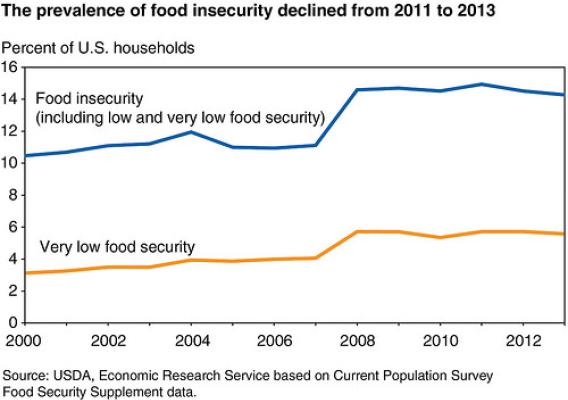The USDA school meals programs serve well over 30 million students per day, nationwide. We rely on our partners in the education realm to help us ensure that these programs—not only programs of great magnitude, but also of great public health importance—are implemented appropriately so that children are healthy and ready to learn. This week’s guest blog from the National Education Association is a testament to their members’ commitment to student health, and the important role that school nutrition plays.
By Roxanne Dove, Director, National Education Association, Education Support Professionals Quality
The nearly half-million Education Support Professionals (ESPs) who are members of the National Education Association play vital roles in helping to create great public schools for our students. ESPs work as bus drivers, custodians, secretaries, classroom paraeducators, food service staff, and in many other jobs as part of a unified education workforce that helps ensure that children are safe, healthy, well-nourished, and well-educated.
As readers of this blog may know, our country’s youth are facing twin crises of obesity and food insecurity -- limited or uncertain availability of nutritionally adequate and safe foods. Nearly one in three American children are overweight or obese (White House Task Force on Childhood Obesity: Report to the President, 2010) while 16 million face food insecurity (USDA Economic Research Service, 2013). In a sad irony, food insecurity leads to both hunger and obesity. Because they lack access to or can’t afford healthier food, food insecure families may be forced to choose inexpensive, calorie-dense, nutrient-poor foods.









